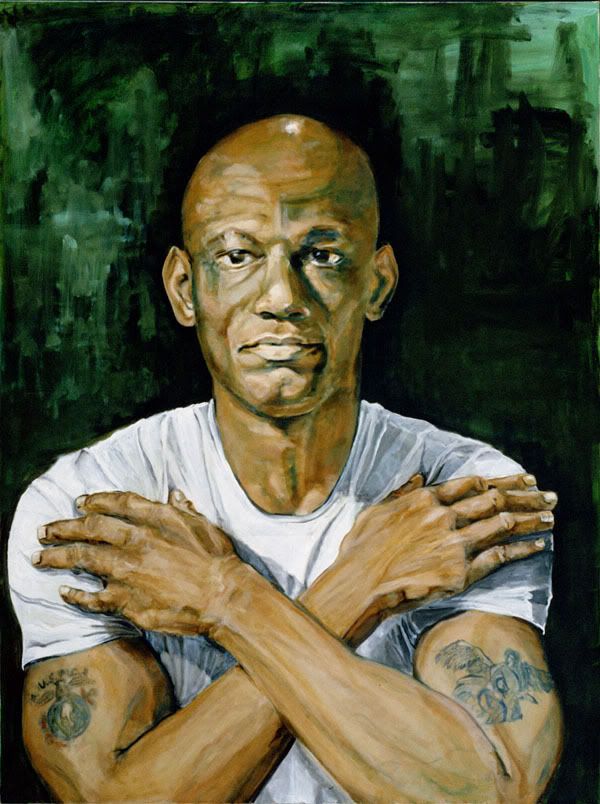
Lucien Freud's painting "Benefits Supervisor Sleeping" is expected to fetch more than $32 million dollars at May's Christie's New York auction. This sale will be the most paid for an piece of art by a living artist. This bit of news got me thinking about my personal art buying guidelines, my collection's value, and being an artist myself - how to make sure my artwork holds its value.
For the beginning collector, there are some simple guidelines that one can follow. The first step is to Establish Your Purpose. Are you collecting art for fun, for a future investment to create a legacy and inheritance, or simply to decorate your home, office, or second residence. Your available space may dictate the size of the artwork you eventually purchase. Making that decision to buy an original piece of art can feel very overwhelming. It is intimidating to part with a substantial amount of money, especially in today's tightening financial atmosphere especially because we feel obligated to be accountable for our spending actions.
Decide What Medium You Prefer; photography, painting, drawing, sculpture. Understand the formal aspects; light, color, line, mood; and choose a subject matter; humor, landscape, portraiture, political; that appeals to you. Do you want abstract or realistic work? ( Since I'm an abstract painter I hope your answer is this style! ) Know that an art collection that is cohesive becomes more valuable.
Set a Budget for art purchases and be flexible. You must allot an appropriate sum to purchase good artwork. Choose original oils, acrylics, or watercolors over prints. Get authenticity papers.
Know the Artist. "Online" research possibilities makes this step easy, at least for the computer savvy person. Credentials and references are the cornerstones of an artist's reputation. Look for awards, solo exhibitions in galleries and museums, and corporate collections. Whenever possible, meet the artist. Creating this relationship gives access to the artists' latest works; the best work is often reserved for prestige and loyal collectors.
Art as an investment is a long-term investment. This is a reason to like what you buy. Investment value will depend upon the artist's reputation, the rarity and uniqueness of the art piece, and its authenticity which is proven through paperwork, the aesthetics of the piece, the work's condition, and the current financial market environment.
Advance Your Art Education. Join museum collector groups, art schools, to become part of a networking opportunity, and take advantages of special lectures. Subscribe and read art blogs and arts coverage in major newspapers like the New York Times. Attend artist receptions and art fairs. See as must art as possible. Take an Art history class to build context and knowledge.
Collecting can provide a lifetime of fun, a focus to travel, and an opportunity to be enriched by the creativity of artists, some of whom you will get to know personally. Believe me, we are an interesting lot.
As Picasso once said, "Art washes away from the soul the dust of everyday life". And for this reason alone, to be surrounded by visual images that evoke thought and emotion, there is no better reason to be an art collector.
( image above : Reclining Nude 408 by J. Behman )

